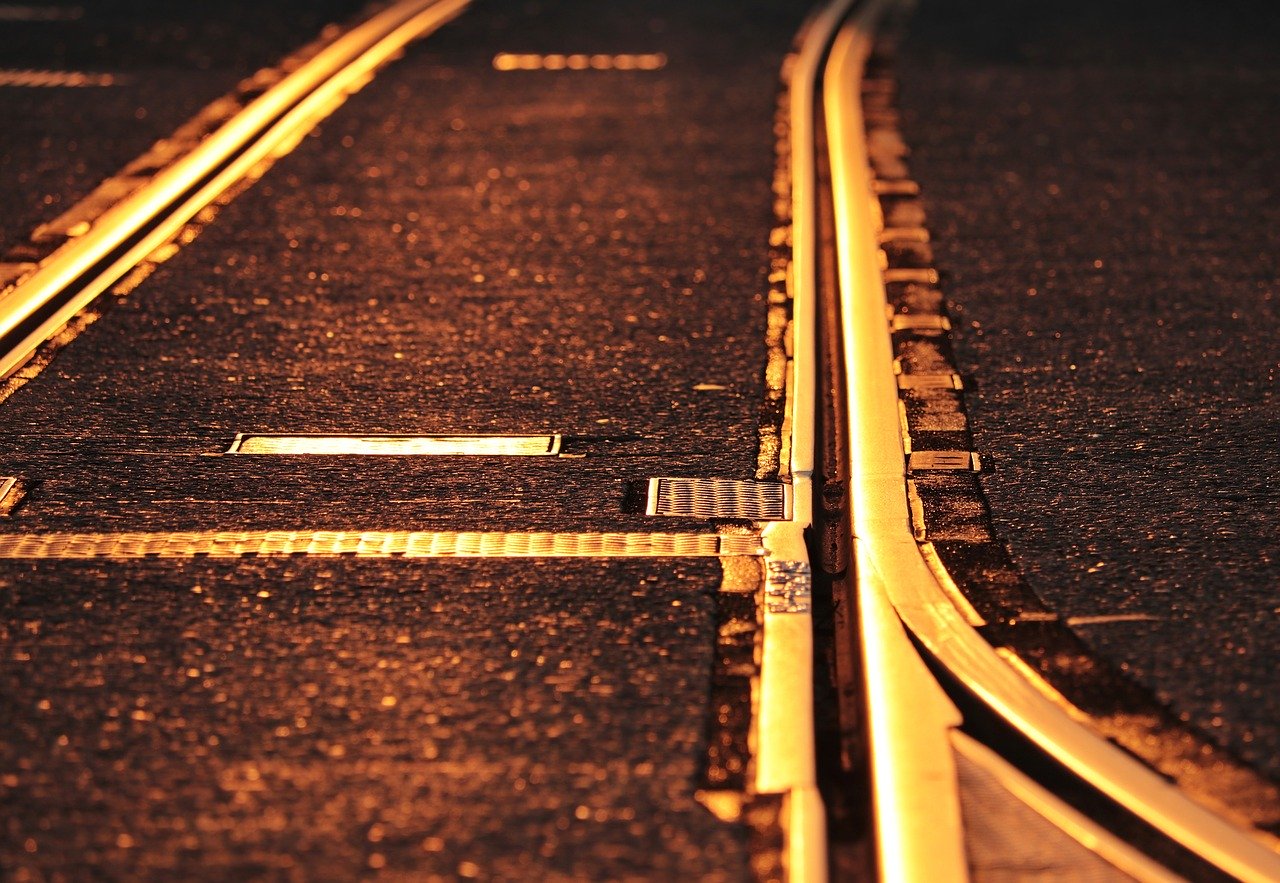In a world grappling with the pressing needs to reduce emissions and to accelerate the transition to a fully circular economy, the railway system - the most ecological and least impacting means of transport - will play in the coming decades an increasingly relevant role, as we report in Renewable Matter n. 32. To trace a panorama of how the sector is moving towards sustainability, and what the scenarios will be in the near future, we asked via email some questions to Tai Chong (TC) Chew. Mr Chew is the Global Rail leader of the British firm of designers and engineers Arup, which last March published a detailed report entitled Transformative Rail.

What are the main challenges that the railway sector faces as it transitions towards the circular economy and a higher degree of sustainability?
«Although it can sometimes appear to be a fairly traditional sector, rail is one of the most efficient and environmentally-friendly modes of mass transit, and we’re seeing a slow but growing ambition to more firmly embed sustainability at the heart of the industry. The rail industry is also working to unlock the huge potential offered by the digital transformation when it comes to sustainability – it will help reduce energy consumption across the network, as well as optimise train performance. We also have a big job to do in terms of advancing knowledge of digital technologies – in particular the capture and use of data. We need the support of government, rail operators and trade unions to ensure the rail industry is ready to train and upskill our workforce for these higher-value jobs. And crucially we also need to establish a better integration of the whole supply chain».
What are the leading countries on this path? And what are the most promising initiatives by railway companies, with regard to the infrastructures but also to the new generations of trains?
«When it comes to newer, modern metros, countries in the Asia Pacific region are taking the lead to address mobility issues and pre-empt their obligations under the UN SDGs, with examples such Hong Kong, Singapore, Malaysia, Thailand and Australia paving the way. Among more established operators, we are seeing interesting rail initiatives coming from Japan’s JR East, the UK’s Main Line and London Underground, France’s RATP in Paris and the Toronto Transit Commission in Canada. On the sustainability front within the rail industry, so far we’ve seen great progress made when it comes to reducing the energy consumption of traction power. Other good examples include a better utilisation of regenerative braking, the reduction of the tare weight of the train (i.e. the weight of an empty vehicle) and improving the alignment interfaces particularly between train wheel and track design. For us at Arup, one of the most exciting areas currently being explored is the use of digital technologies – such as sensors, data, artificial intelligence and machine learning processes – and how they can help deliver a far more efficient and reliable performance, optimise railway asset maintenance needs while minimising waste».
What is the role and the importance of intermodality?
«To support resilience across the urban mobility landscape, cities need a well-developed multi-modal transport system, where each mode supports the other as part of a cohesive transport eco-system. To help us meet the agreed Net Zero objectives, we need to urgently rethink every single journey from end-to-end so that we can encourage the modal shift we need. The first and last mile of every journey are just as important as the core train journey itself. All these different modes of transport – rail, bus, car, bicycles etc. – must be well integrated to meet usage and demand, which will in turn help public transport become more effective».
What should be the role of states and private investors in the transition process?
«Transport infrastructure and systems are heavy on the upfront capital cost investment. While there has historically been a tendency to look towards the state for funding, private investors can play a key role in accelerating the development of crucial transport infrastructure to maintain city and inter-city mobility, helping meet our global sustainable development commitments.
The Sydney Metro and the Ontario line in Toronto – with its Design, Build, Finance, Operate and Maintain (DBFOM) model - are examples of how governments are now working to develop a realistic, shared vision that can also unlock opportunities for private investors».
The COVID-19 Pandemic could slow down these plans, or maybe give them a new impulse with the support of the funds allocated by the governments and the European Union?
«When it comes to investing in transport infrastructure, COVID-19 will likely lead to a shorter-term initial slow-down of potential investment, but it has also accelerated many actions out of necessity. Operators will need to identify creative solutions to deliver a cheaper, improved service; designers are competing to identify innovative design solutions to make a scheme more attractive while supporting Net Zero targets, while the construction industry is trying to find better ways to build infrastructure more efficiently and at a lower cost. Next year is also set to be the European Year of Rail, which will feature a range of events to promote this green, safe and innovative mode of transport as a key element in the shift to sustainable and smart mobility».


